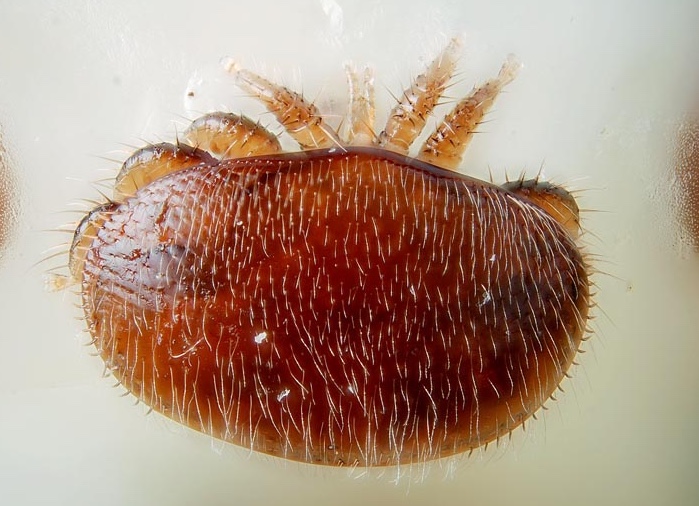The varroa mite (Varroa destructor) is one of the most destructive threats to honey bee colonies in the world. These tiny, parasitic mites attach themselves to both adult bees and developing brood, feeding on their fat bodies and transmitting a variety of deadly viruses.
If you’re getting into beekeeping, understanding varroa mites is not optional. Every beekeeper—whether managing one hive or fifty—will encounter them. If left untreated, varroa can wipe out a healthy colony in just a matter of months.
What Is a Varroa Mite?
Varroa mites are reddish-brown, oval-shaped external parasites that reproduce inside the capped brood cells of developing bees. They originally came from Asia, where they parasitized the eastern honey bee (Apis cerana), which had evolved natural defenses. When varroa jumped hosts to the western honey bee (Apis mellifera), it became a global problem almost overnight.
These mites feed by piercing the bee’s exoskeleton and extracting vital nutrients. Even a low-level infestation can weaken your colony, while high mite counts can cause total collapse.
Why Varroa Is So Dangerous
The real threat from varroa isn’t just physical damage—it’s the fact that varroa mites act as vectors for several devastating bee viruses. Many experts compare them to HIV in humans: the mite weakens the immune system and spreads viral infections throughout the hive.
Some of the most common viruses associated with varroa include:
- Deformed Wing Virus (DWV)
- Acute Bee Paralysis Virus (ABPV)
- Chronic Bee Paralysis Virus (CBPV)
- Israeli Acute Paralysis Virus (IAPV)
- Black Queen Cell Virus (BQCV)
We’ll have a full article explaining each of these viruses and their symptoms soon.
You Must Have a Plan
There is no such thing as “treatment-free” beekeeping in areas where varroa is established. Whether you choose organic acids like oxalic or formic, synthetic strips like Apivar, or an Integrated Pest Management (IPM) strategy, the key is that you monitor and treat.
If you don’t, your bees will almost certainly die—and possibly spread mites to neighboring colonies in the process.
We’ll be posting a full breakdown of treatment options, monitoring methods, and pros/cons of each approach soon.
Final Thoughts
The best time to start learning about varroa mites is before your bees arrive. The second-best time is today.
Understanding what varroa mites are—and how to keep them under control—is the single most important thing you can do to protect your bees and keep your colonies thriving.
